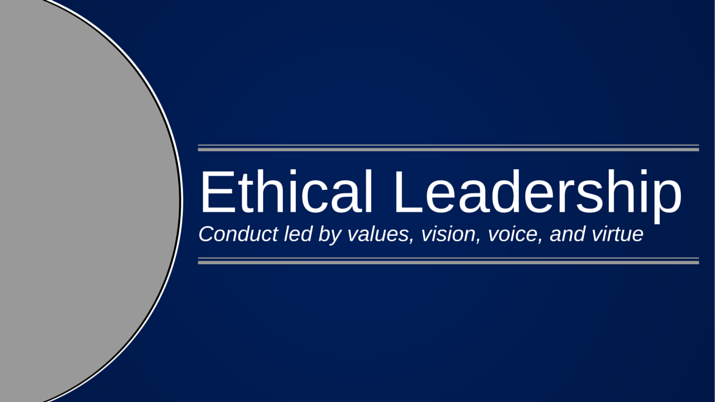Today and in the years to come, organizations will have to focus on winning employees back; building trust, respect, and teamwork between people; being receptive to and then acting on the best ideas and once again instilling employees with pride in and commitment to the organization. Internal communication will be a major force in achieving those ends.
In the past, leaders controlled the information employees needed to make day-to-day decisions. Leaders who continue along that path will become frustrated as they lose the confidence of employees whose desire for timely, customized, and truthful information is not satisfied. To succeed in today’s competitive marketplace, organizations must give internal communication the priority that it deserves.
Internal communication has gone through several phases over the years. The first phase was similar to the military model: Orders were given and obeyed. There was no opportunity to provide input. The second phase of communication involved the bilateral flow of information. Even though instructions were communicated down to employees, the feedback was possible through formal means and selected channels. The third phase of communication encouraged two-way communication. Listening to employees was valued and mechanisms for doing so were created. The fourth phase of internal communication recognized the value of multi-channels. Just as some communication vehicles are more efficient and cost-effective when communicating with the external environment, some media and processes are better for communicating internally; this knowledge was applied to employee communication. In the fifth phase, intimacy was introduced, but even with timely media like daily video and online broadcasts, employees’ information needs still weren’t being met.
It is the sixth phase––the one at which unilateral control of communication is abandoned––that organizations must strive to reach. In this phase, communication is continuous and multidirectional, the responsibility not of any single individual but of everyone within the organization. It is at this phase that good organizations stop dealing with the “tip of the iceberg.” They no longer communicate by sending out a flurry of memos, letters, reports, and policy statements.
Networking, or the “grapevine,” is at the heart of the sixth phase. It is being enhanced and formalized today as a result of the changes that are taking place in technology and the comfort level of today’s workers with those advances. Of course, networking is not likely to replace other forms of communication completely, but people are turning to it and to small group interaction more and more because these are highly personal. In networking, the message is usually delivered by someone you know and trust, as opposed to someone who is far removed from the issue giving you the “company line.” In networking, the message is never discussed in generalities but is always customized. This gives you the chance to discuss the implications of what is said. Such personal communication is expressed with passion and received with great interest, but on the downside, the information is not always accurate.
Four elements are required to make communication thrive. First, every organization requires accessible, affordable, easy-to-use technology. Second, an open, honest work environment should be embraced. Third, people should be encouraged to break down the communication barriers that exist. Last, great leaders must communicate the guiding principles, beliefs, and values of the organization––this will rally everyone to a common cause.
In sum, where employee communication was once created by a group of professionals, it is now created on the fly by laypeople. Where it was once broadcast from the ivory tower, it is now transmitted through the grapevine. Where communication was once formal, social networking and chat rooms make communication very familiar. Where communication was once highly controlled, it is now haphazard. Where executives had the first and last word, everyone now has an equal voice. Where the purpose of internal communication was to report on the completion of an event, it now plants seeds that will grow into new ideas. Where communication was once infrequent, it is now constant. Where there was once lag time in reporting an event, communication is now instantaneous. Where formal mass communication was once commonplace, customization and personalization are now the norms. So let’s stop talking about this and get started today.






